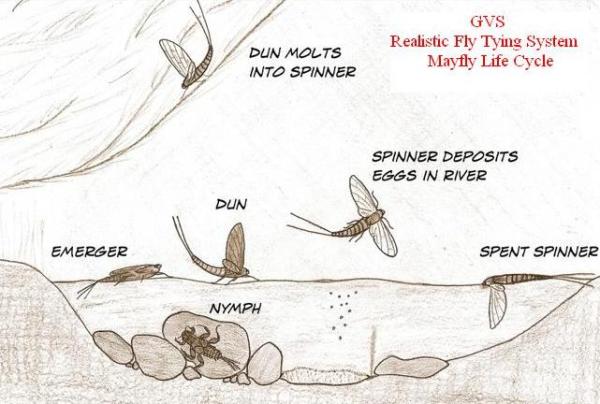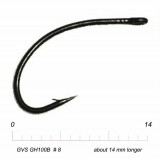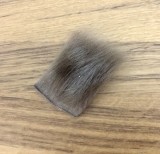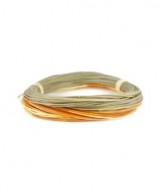The Lifecycle of Mayfly (Ephemeroptera)
For the creation of artificial bugs, which are very similar to natural ones, we set at your disposal the products and materials of the GVS Realistic Fly Ting System that shall enable you to create very realistic Mayfly and concurrently challenge the water fauna during your outings to fish. Considering the almost complete similitude with the Natural Fly, it will be very easy for you to fool the fish. As a consequence, any capture thereof shall change into a successful challenge.
You can find here complete information related to the reason due to which Mayfly are significant Flies for the Fly Fisher and you will furthermore know them better and you will be able to identify such.

The lifespan of Mayfly is one of the most fascinating and ephemeral stories of the natural world. One of the many characteristics that makes Mayfly be unique Fly is their potential of the two different shapes of adult with wings during their life cycle. The Nymph comes out of water as an opaque (or dun) sub-image looking for shelter in the vegetation around and under the trees. After a couple of hours or more, the sub-image changes its clothes again (Exuviae) in order to change into an image of bright colours (Spinner). The reason due to which the Mayflies maintained this stage that is unique in their life cycle is not known, but it is believed that they cannot switch from their stage as a Nymph to the sexually mature Fly in one single step.
The life cycle of a Mayfly starts with the Males forming a swarm above the water and females flying also in a swarm to mate. The Male catches a Female, which passes with stretched out front legs and the partner of the pair in flight. After mating, the Male releases the Female and the latter gets down on the surface of the water, where she lays her eggs. After mating, the Female shall fall (Spent) on the surface of the water and stay motionless with spread out wings and fish will eat them. The Male fly returns very seldom to the water; he will usually die on the land nearby.
The eggs laid by the Female fall on the bottom of the water, where they get stuck to water plants and stones. The flies from the Baetidae family jump head first into the water in order to glue the eggs directly to the water bottom before they let themselves taken by the stream. In order to finalize their transformation into eggs, the Nymph need a period of a couple of weeks, according to the water and the species. Nymph born from laid eggs shall spend a different period, up to two years, feeding on the bottom of the water before coming out as an Adult Fly.
When it is time to come out, Nymph go to the surface, where they shall take off their initial clothes (Exuviae) and appear in the sub-image (Dun). While resting to dry their barely exposed wings, they are more vulnerable to fish attacks. Hence, before mating, they take off the Dun to appear in the Nuptial Apparel of a Spinner (Adult).
The life stages of Mayflies
- Egg;
- Larva or Larvae;
- Nymph;
- Emerger;
- Dun (Sub Imago);
- Spinner (Adult);
- Spent.












